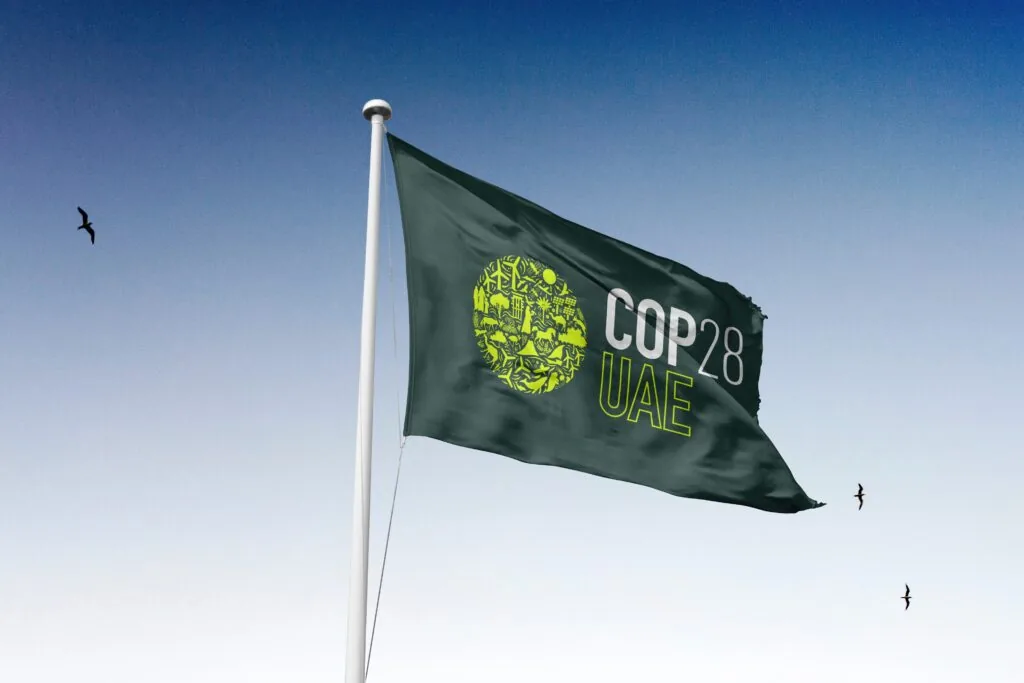Here at Foot Anstey, we use a range of tools to help our clients meet Environmental, Social and Governance goals.
We work incredibly closely with The Chancery Lane Project (TCLP) and use its freely available net zero clauses to bolster ideas and to power the ambitions of our client’s sustainability targets.
What is TCLP?
The Chancery Lane Project brings together legal professionals from around the world to create new, practical contractual clauses ready to incorporate into law firm precedents and commercial agreements.
Some clauses we employ with clients that provide a great starting point to tackle embodied carbon, and to consider using sustainable materials:
- ‘Tristan’s clause’ can help with incentivising industry participants to reduce greenhouse gas emissions through use of more sustainable materials
- ‘Luna’s clause’ incentivises building contractors to propose “Net Zero Modifications” to project works which will benefit clients and their projects, and the environment
- ‘Mary’s clause’ prioritises energy efficiency in the design and build of a construction project and minimises energy use and waste















